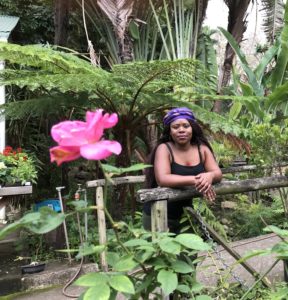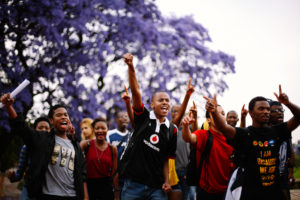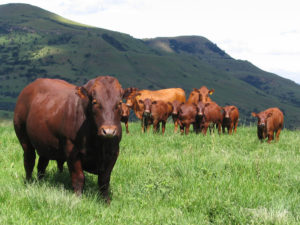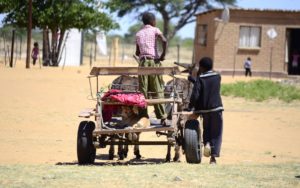Hibist Kassa: Lessons for #FeesMustFall from Ethiopia’s #OromoRevolution
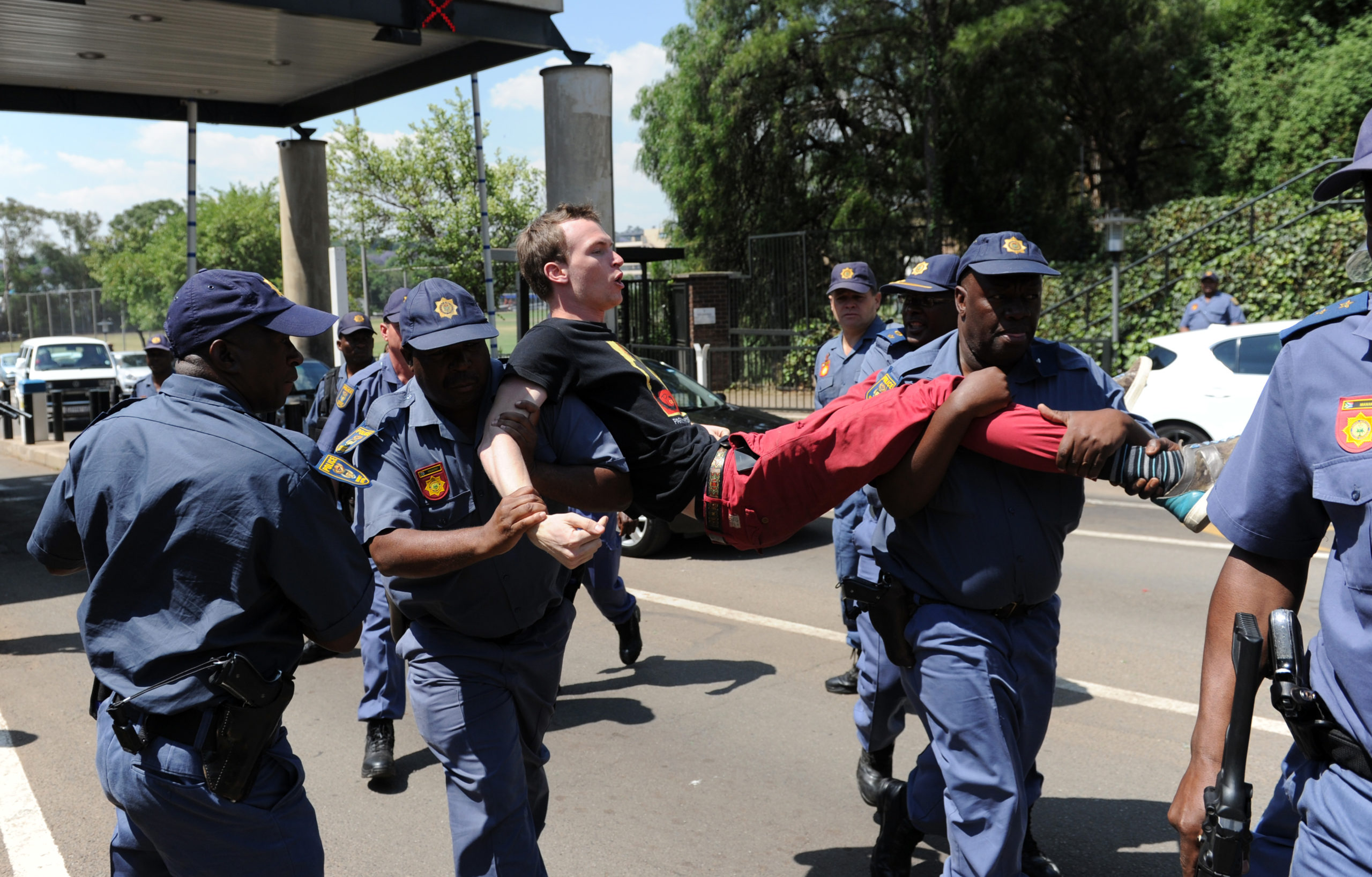
JOHANNESBURG, SOUTH AFRICA – OCTOBER 28: Police arrest a student as tuition fee protests continued outside the Wits Yale Road entrance, on October 28, 2015 in Johannesburg, South Africa. Police fired stun grenades and arrested a student in clashes at the university yesterday as nationwide protests for free higher ducation entered a third week. (Photo by Gallo Images / Beeld / Felix Dlangamandla)
The legacy of colonialism and apartheid in appropriation and dispossession remains a central problem in South Africa. Across the global South, land and water grabbing has escalated in a period of multiple crises of food, energy, climate and care.
This moment has also reopened the political space for renegotiating or even reconfiguring ‘the social contract’ with the state. The possibilities and risks facing us come together quite sharply with tumult, uprisings, revolutions and civil wars. Protests in Ethiopia are embedded in the land question and the quest for self-determination and pull together this promise and risk.
Ethiopia has one of the fastest growing economies in the world, a poster child of the West and ally in their war on terror, dubbed the ‘African Lion.’ Protests have begun to unravel this. Last year, a group of elementary and high school children in Ginichi, a small town 80 kms from the capital, held a protest against an investment project which would clear a forest reserve and football park. This was part of a plan to expand the capital which threatened to dispossess farmers and deepen ongoing gentrification.
The Oromo nationality, who have been at the centre of the protests, are the majority of the population with 35% out of 99 million. Drawing on experiences in previous protest waves, activists mobilised against the expansion plan for the capital. The significance of this can be traced to the very foundations of the modern state in Ethiopia. The capital, Addis Ababa was originally known as Finfinnee (an Oromo name) and was established in 1886 on land stolen from Oromo people. Names of places and cultural heritage had been erased and replaced with the dominant and second largest nationality, the Amhara.
The 1974 revolution saw the end to feudalism and the military junta oversaw the state taking ownership of all land. To date, private ownership of land is prohibited. The balance of power shifted once more in 1991 and the government and economy is now dominated by the Tigrayan Peoples Liberation Front. Tigray nationality form 6% of the population.
After 1995, rural land rental markets were liberalised. But this was geared to facilitating large scale investments while smallholder farmers did not have structural support. Richer households coped better than poorer female headed households. Collectivisation programs were imposed in a manner that displaced communities onto less fertile lands and cut off from resources to make room for large scale projects. In some cases, brute force was used.
The Anuak genocide in 2003 marked one of the bloodiest chapters when about 400 Anuak people were killed in one day. Today, hunger strikes, silent marches, sit ins and students in their residences have been attacked with live ammunition, enforced disappearances, torture and widespread rape. Other nationalities, including the Amhara and Konso have also marched for self-determination and greater political and economic rights with a growing sense of solidarity.
About 1000 have been killed across the country. Even though the degree and scale of repression in South Africa is not the same, the tactics are eerily similar. The sorrow and sense of devastation has been overwhelming, but so is the resistance.
We must learn from these students who have managed to build beyond their university spaces. They are not isolated but embedded in broader struggles. The march by Wits students to COSATU house attempts to build links with NUMSA, the Taxi Association and, of course, outsourced workers, are just the beginning.
This article was originally published in Pathways to Free Education, Volume 2.

